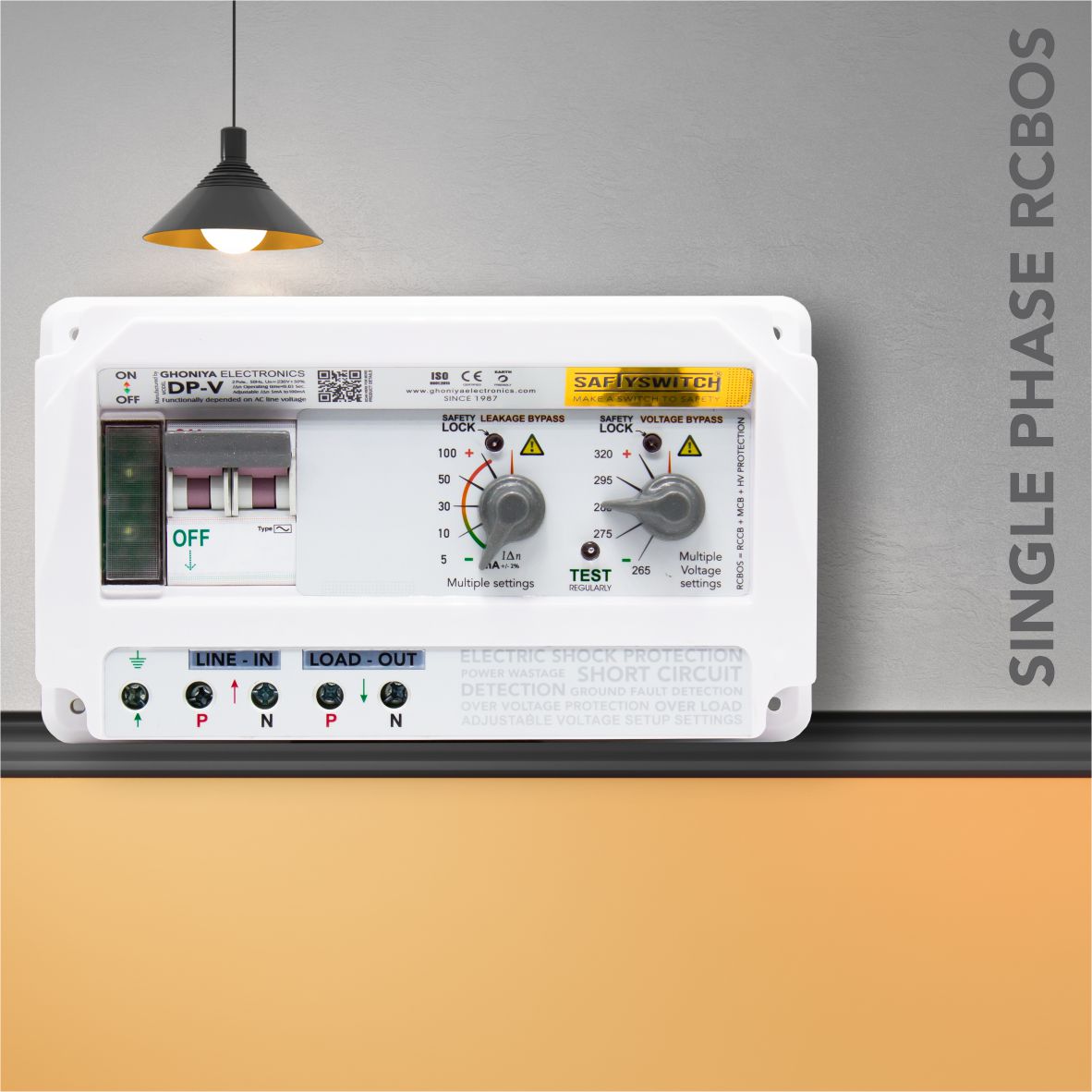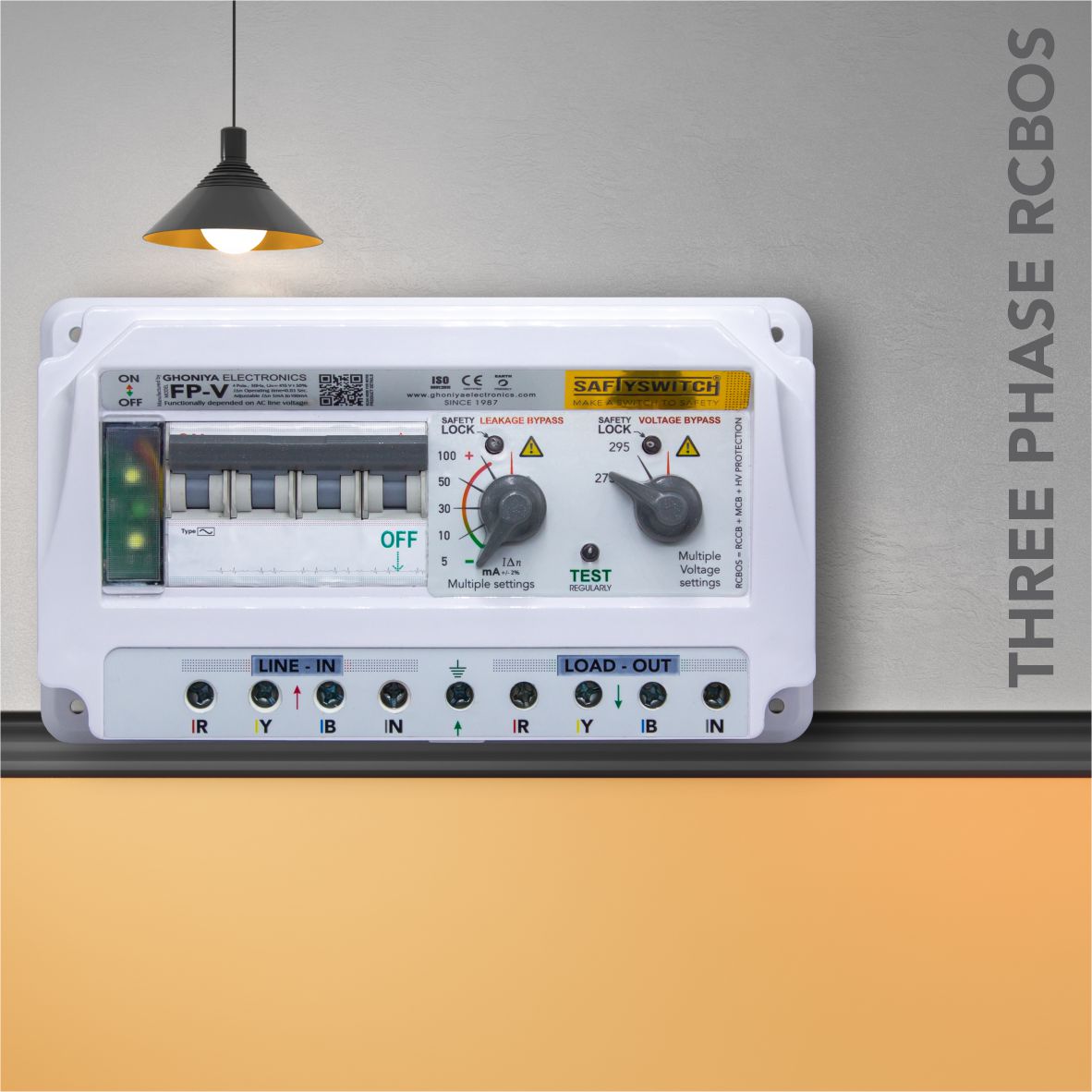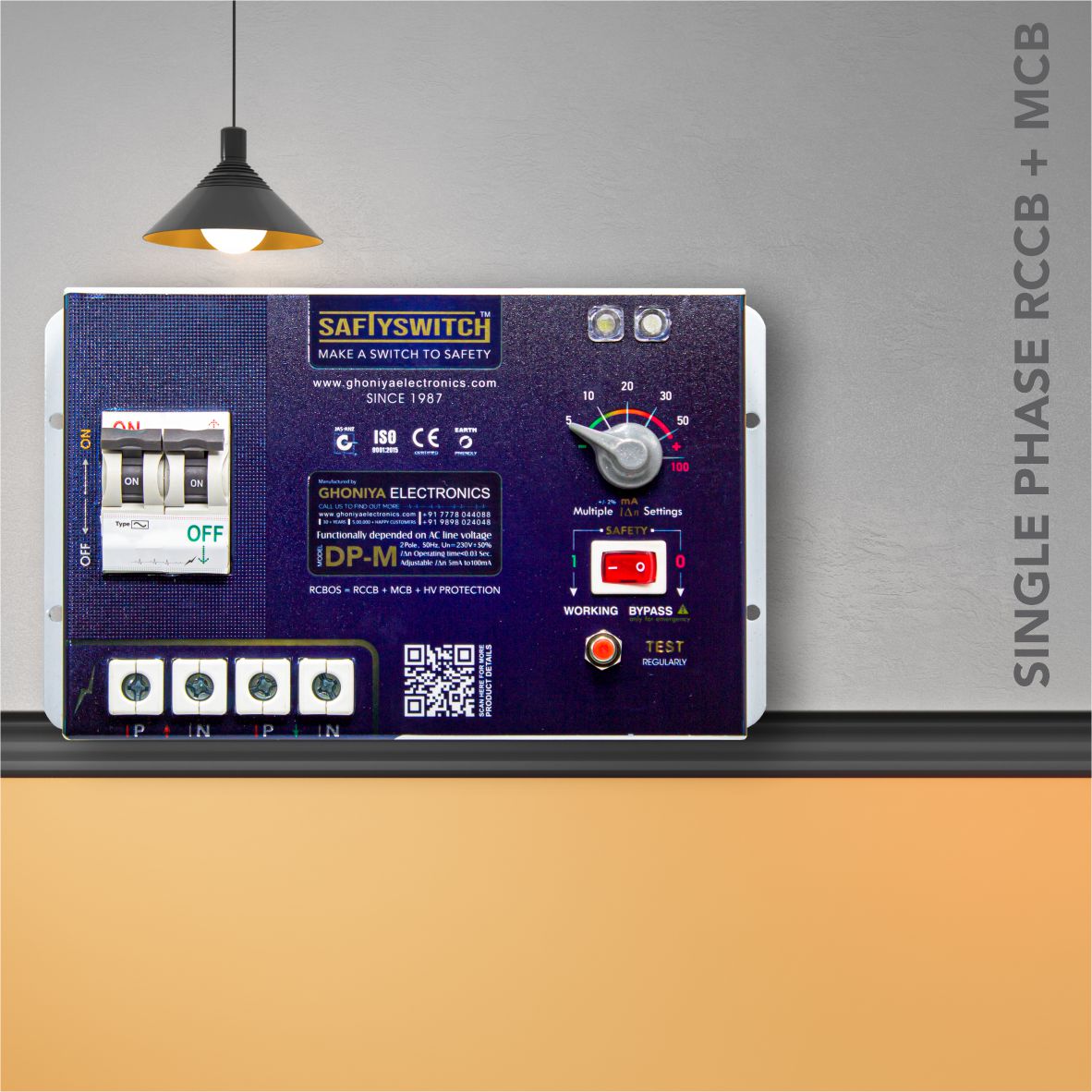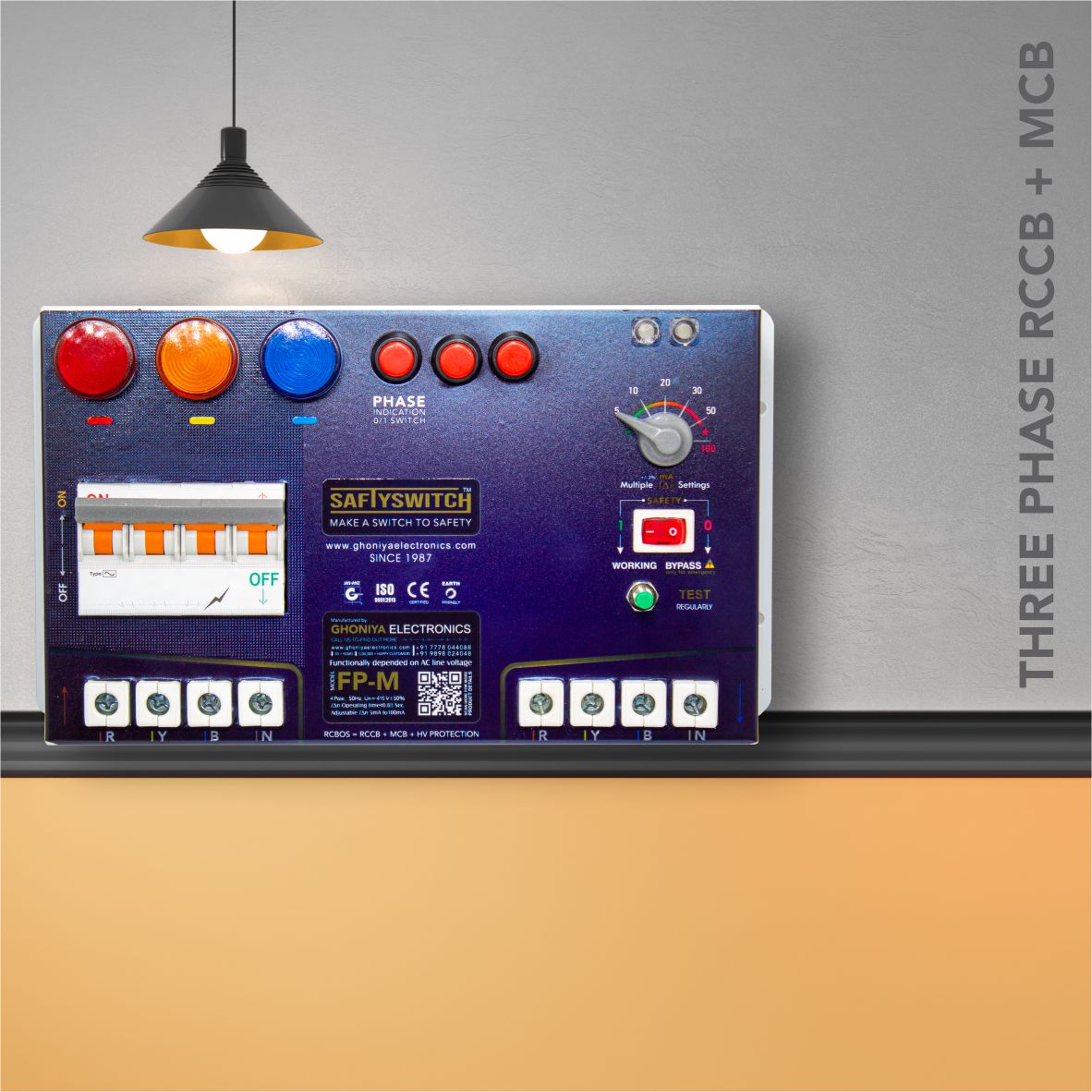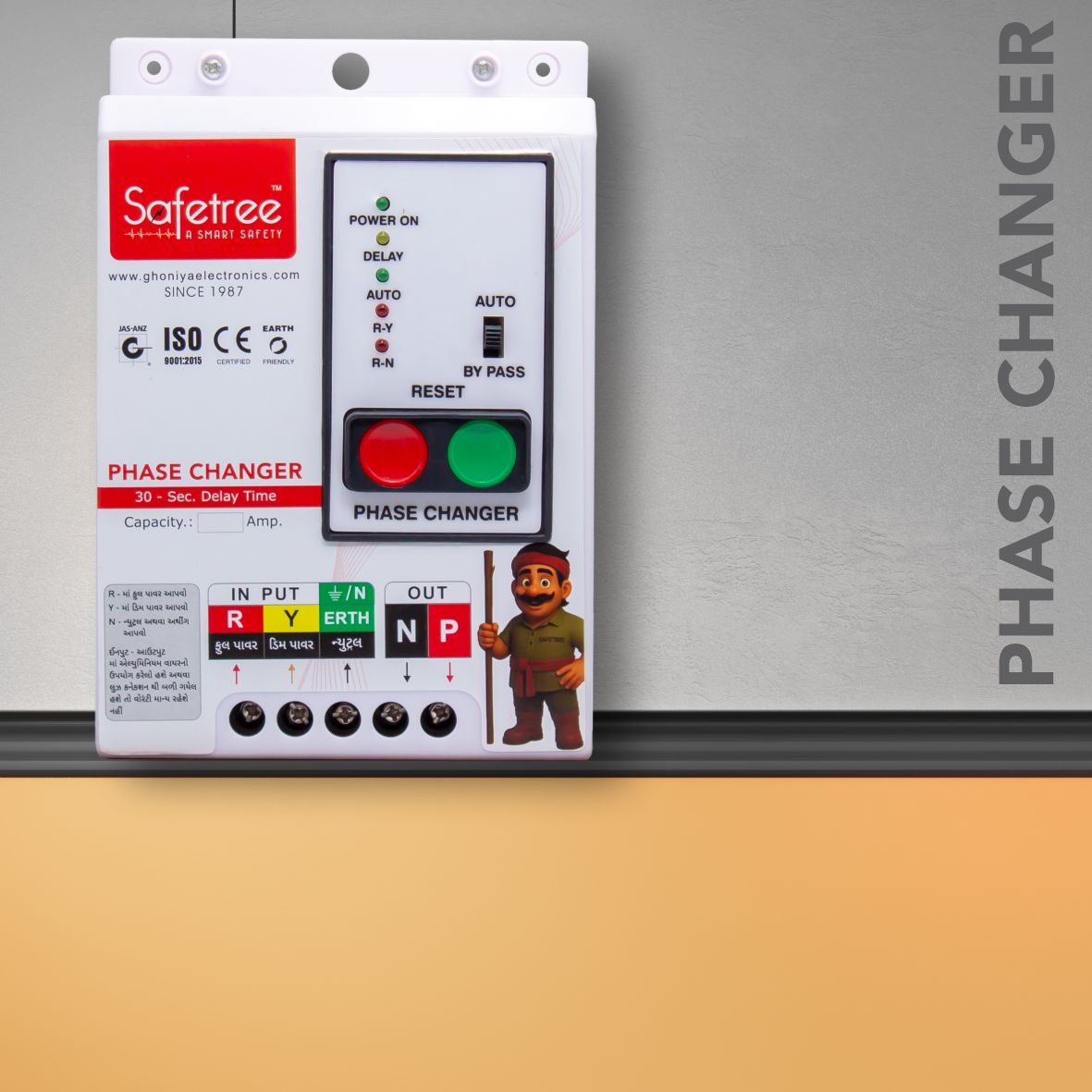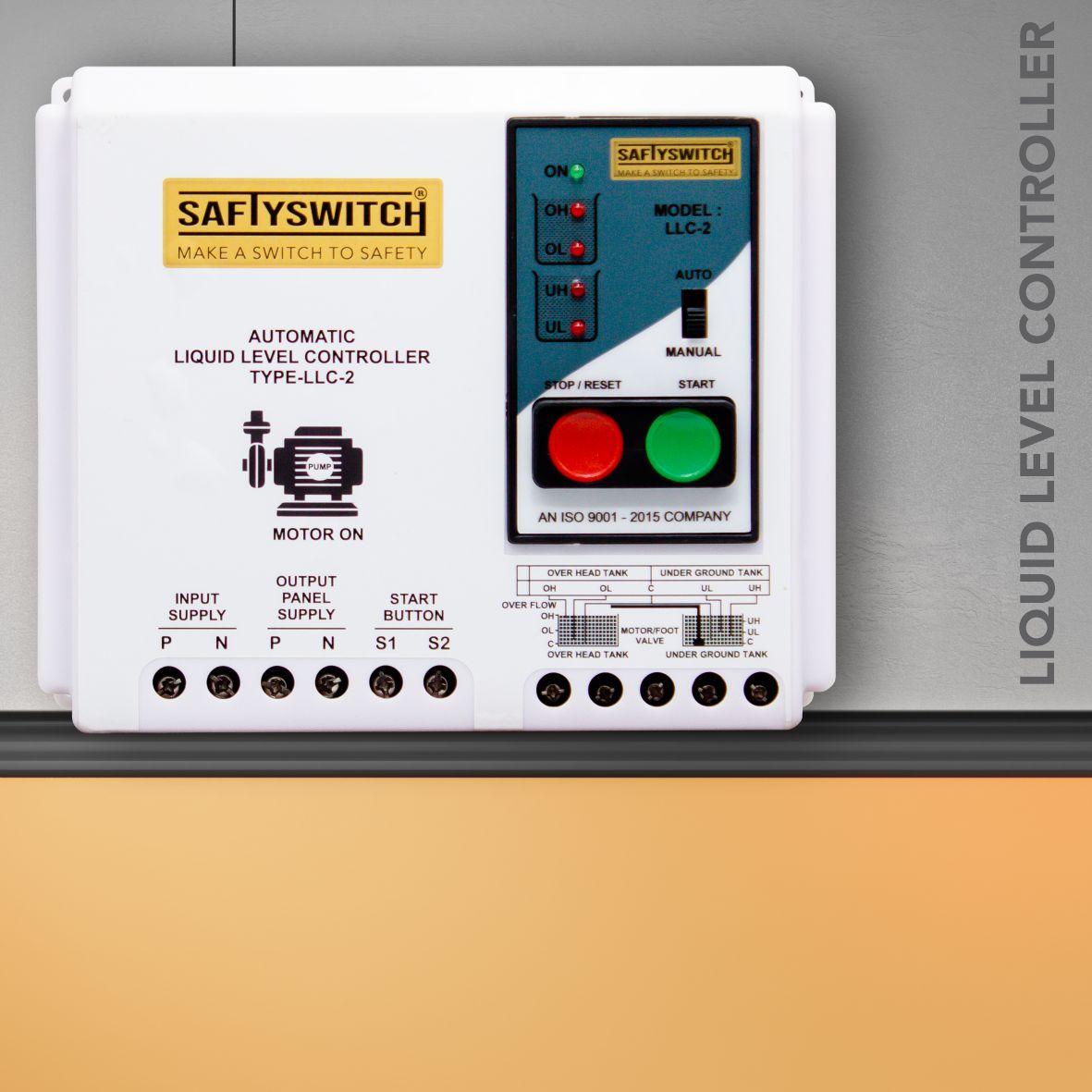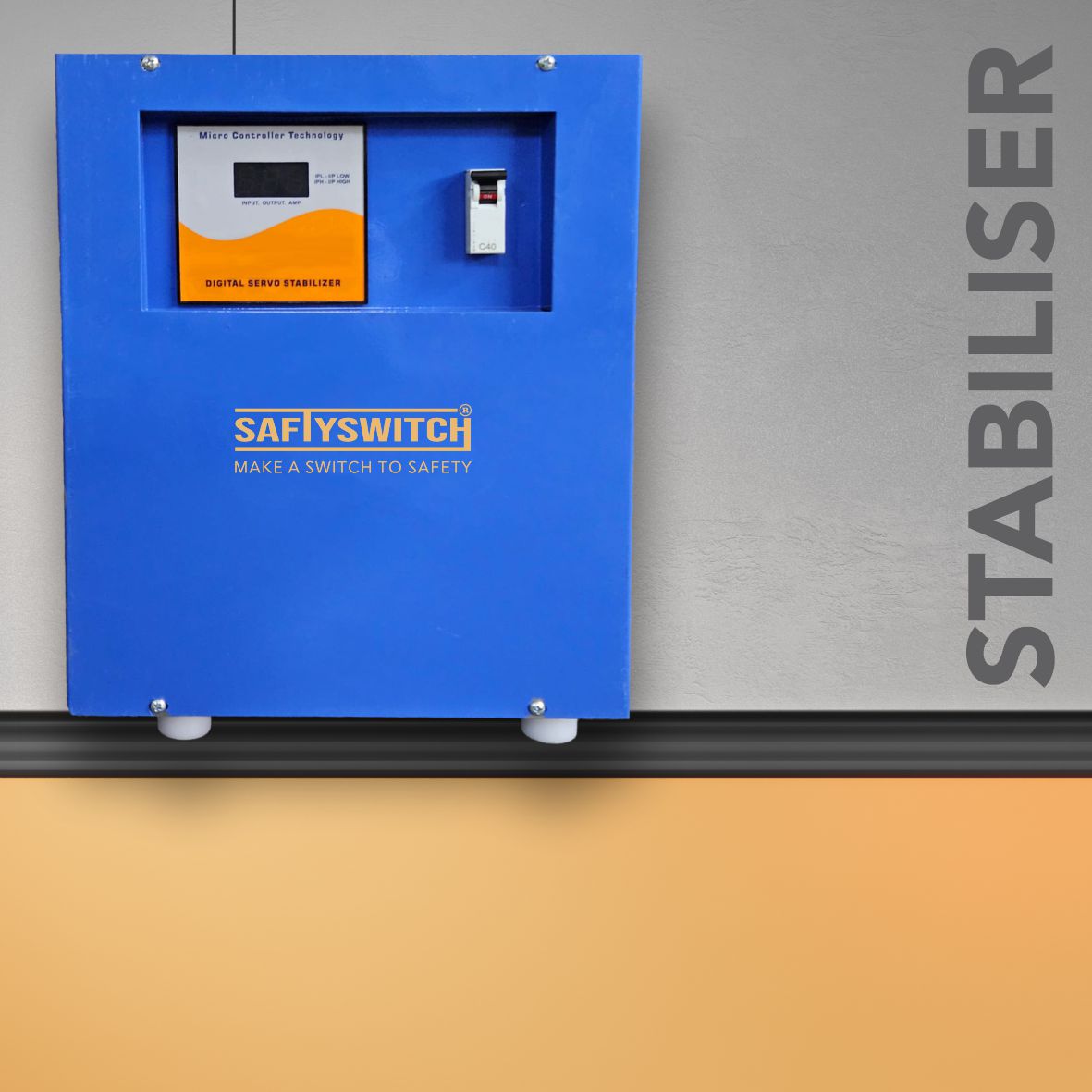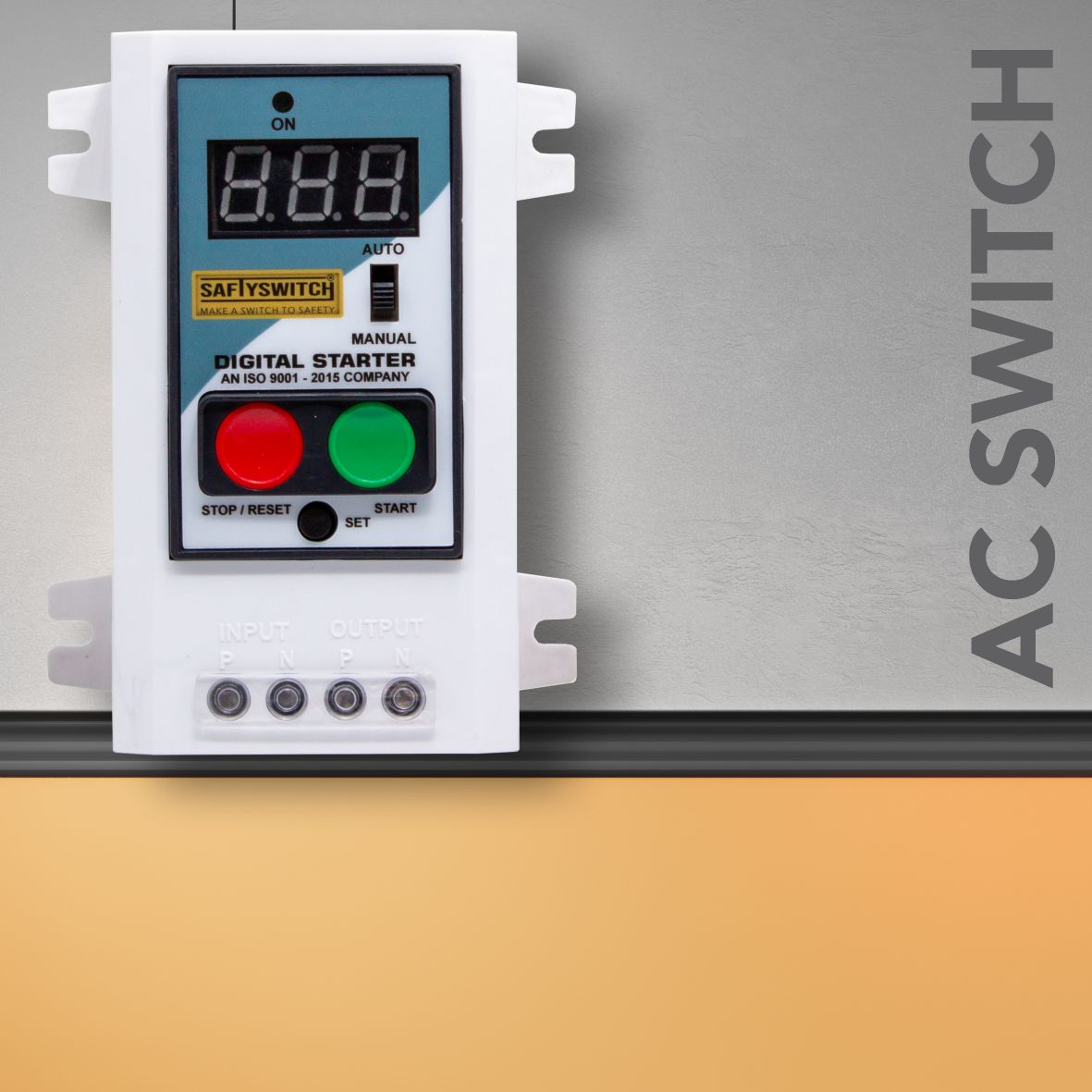What is leakage setting in saftyswitch’s rccb..?
In the context of an Saftyswitch’s RCCB (Residual Current Circuit Breaker), the term “leakage setting” refers to the sensitivity level at which the RCCB will trip or disconnect the electrical circuit in the presence of a residual current. In Hindi, it is often referred to as “लीकेज सेटिंग” (Leakage Setting).
Residual current is the difference between the current flowing into an electrical circuit and the current returning from the circuit. The Saftyswitch’s RCCB is designed to detect this imbalance, which may occur due to a fault such as an electrical leakage to the ground. The leakage setting determines the amount of residual current required to trigger the Saftyswitch’s RCCB and cut off the power.
In English, “leakage setting” is the term used to describe this feature, while in Hindi, it is commonly referred to as “लीकेज सेटिंग” (Leakage Setting). It is an essential safety mechanism to protect against electric shock and fire hazards caused by ground faults.

